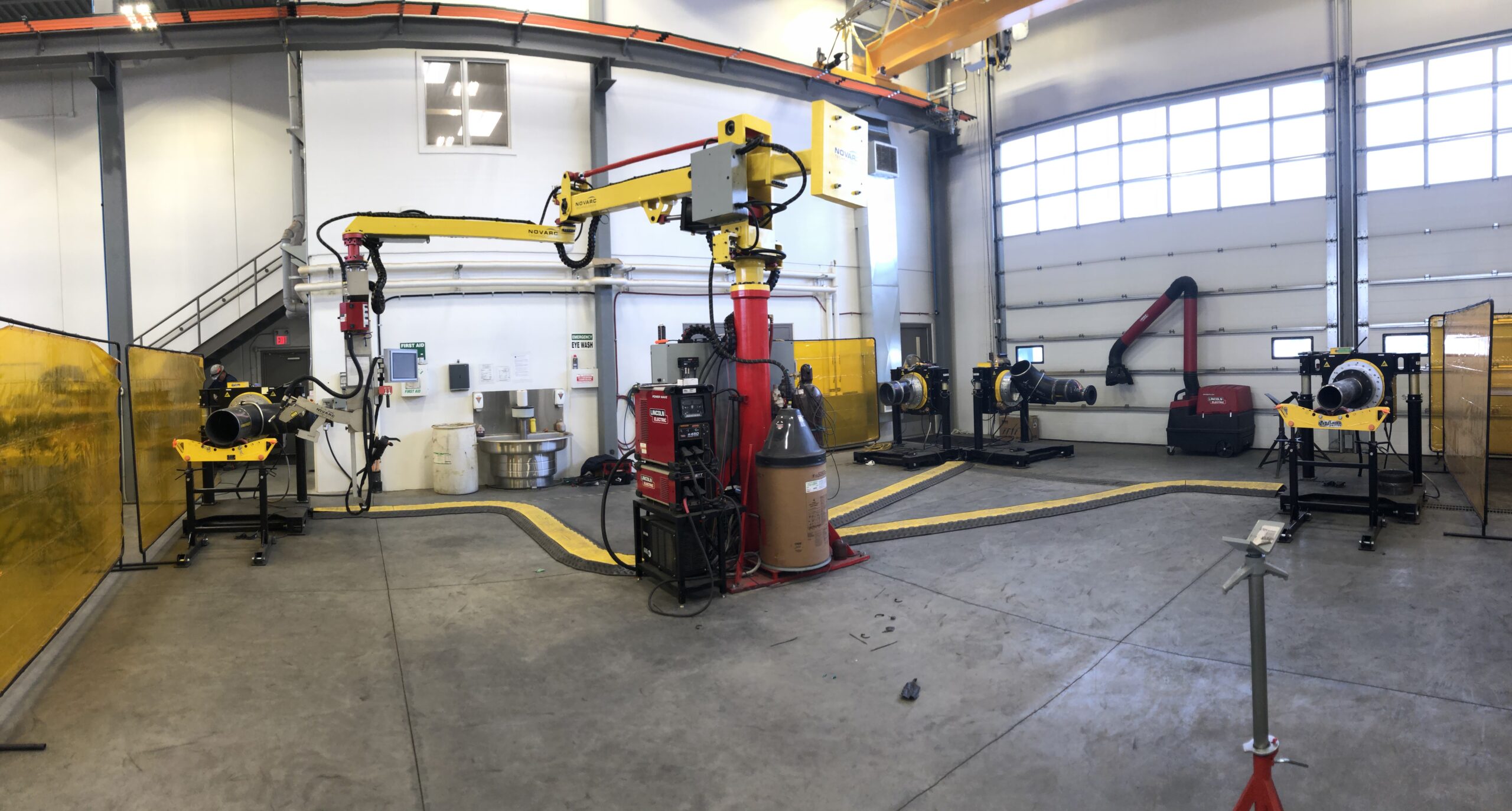Published by: World Pipelines – January 2021
Pipeline construction and maintenance is a challenging, high-risk work environment.
Pipeline and offshore welders are at risk from injuries due to UV light, radiant and excessive heat, carcinogenic fumes and arc flash. Combine these risks with a work environment that includes heavy equipment, suspended loads, rough terrain and extreme weather conditions, and there is obvious cause for concern.
Whether building or maintaining pipelines, working on rigs, or conducting welding operations offshore in fabrication facilities, welders are constantly exposed to these hazards. This may be the reason why the oil and gas industry is increasingly looking to automate the welding process by incorporating robotic technology.
As well as safety concerns, the welding industry is faced with a shortage of skilled welders, as many are retiring and not enough young labourers are entering the profession. In addition, there’s the competitive nature of fabrication shops serving the manufacturing industry. Many have seen the benefit of investing in flexible automation in order to increase
their competitiveness and their bid rate on projects.
Automation
Novarc’s collaborative robot technology – the Spool Welding Robot (SWR) – uses the power of robotics and artificial intelligence (AI) to transition offshore welding shops to automation.
Novarc is working with fabricators serving a number of industries globally, that need an affordable path to automation. The company’s collaborative robot provides pipe fabrication shops involved in the offshore welding industry with a smart solution to promote safety, reduce costs, increase productivity and enhance weld quality.
However, the SWR doesn’t abandon the human operator. Instead, it works alongside the welder, allowing those with less skill and experience to do the job that previously only senior welders could perform. The results are welds with greater precision, accuracy, speed, and a never before achieved balance of quality and productivity. Read more…(Pages 55-56)
